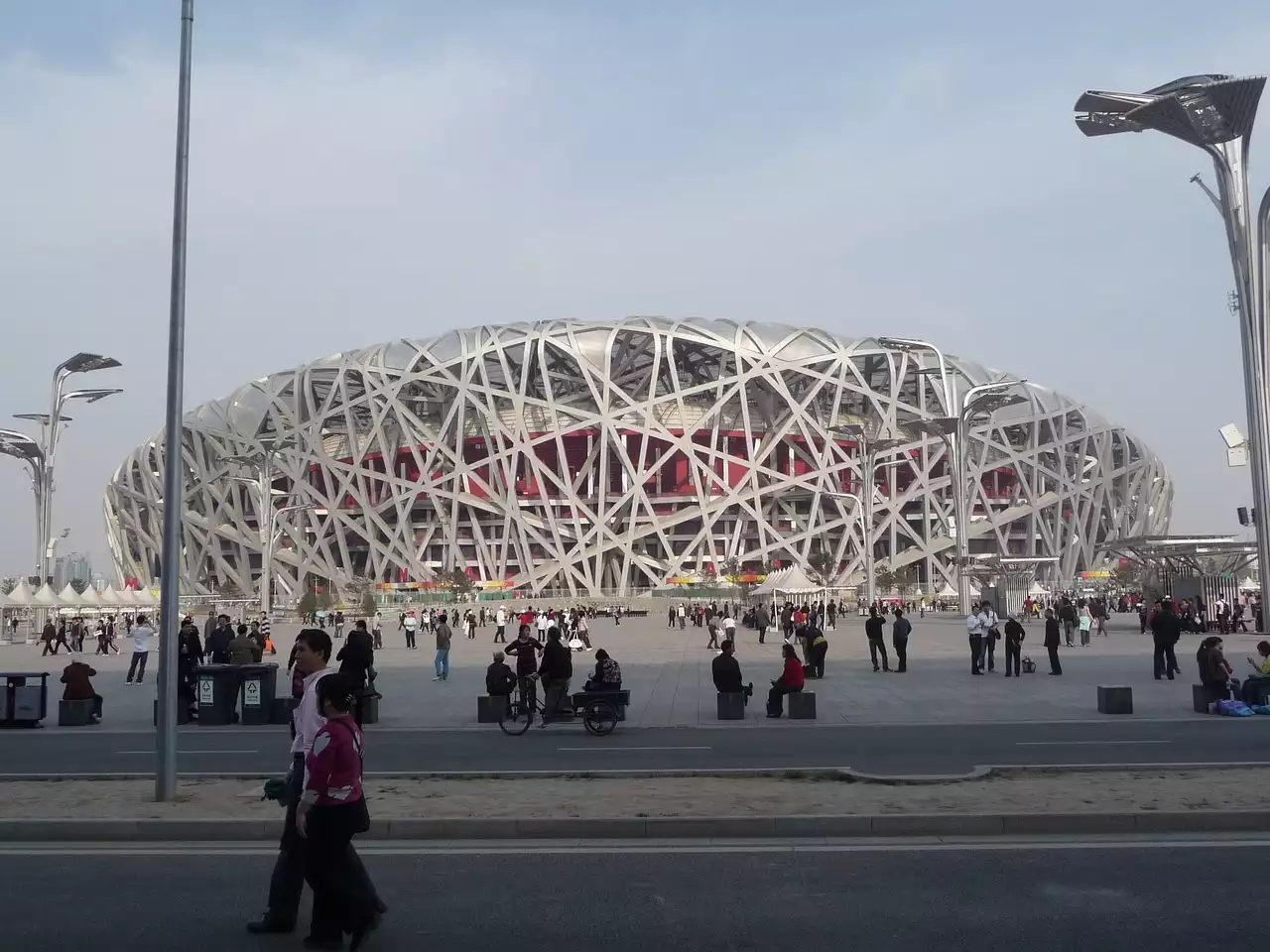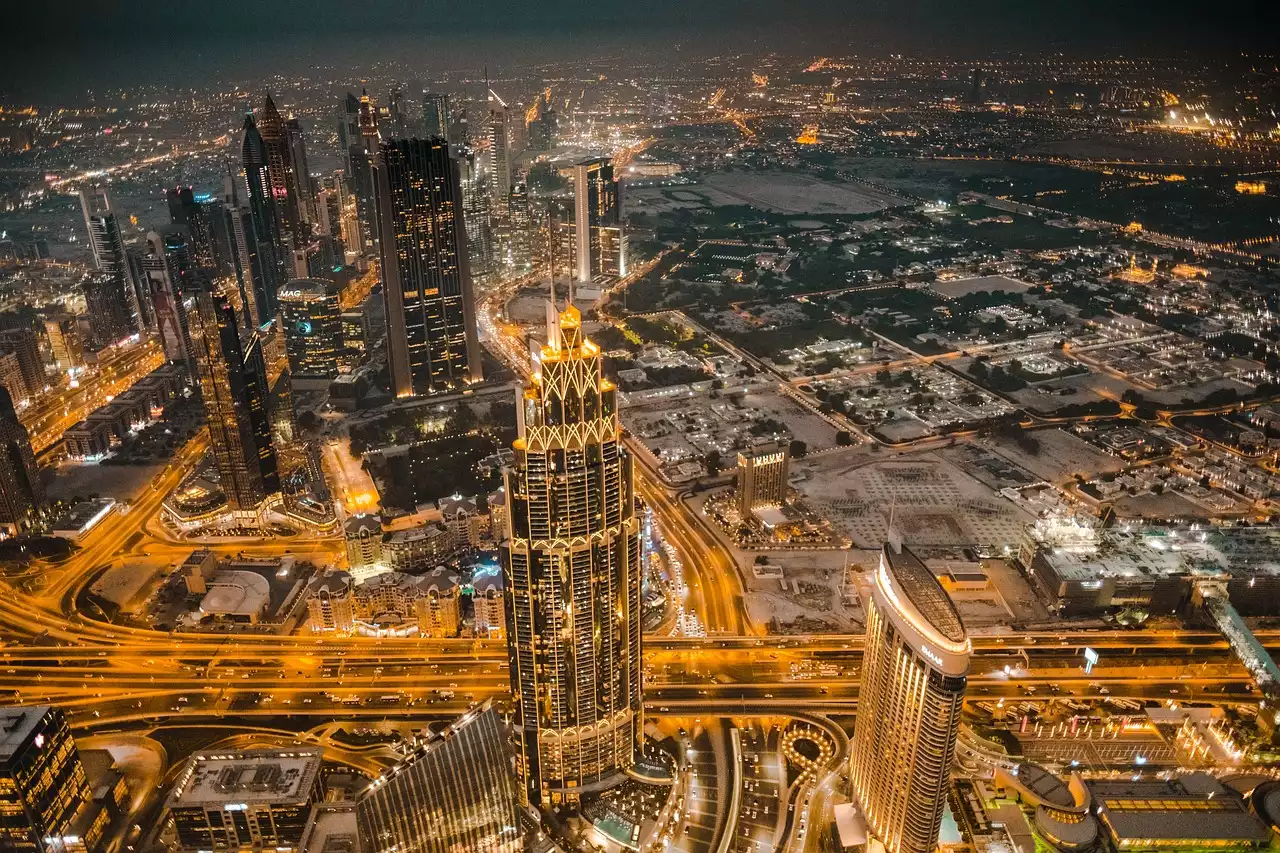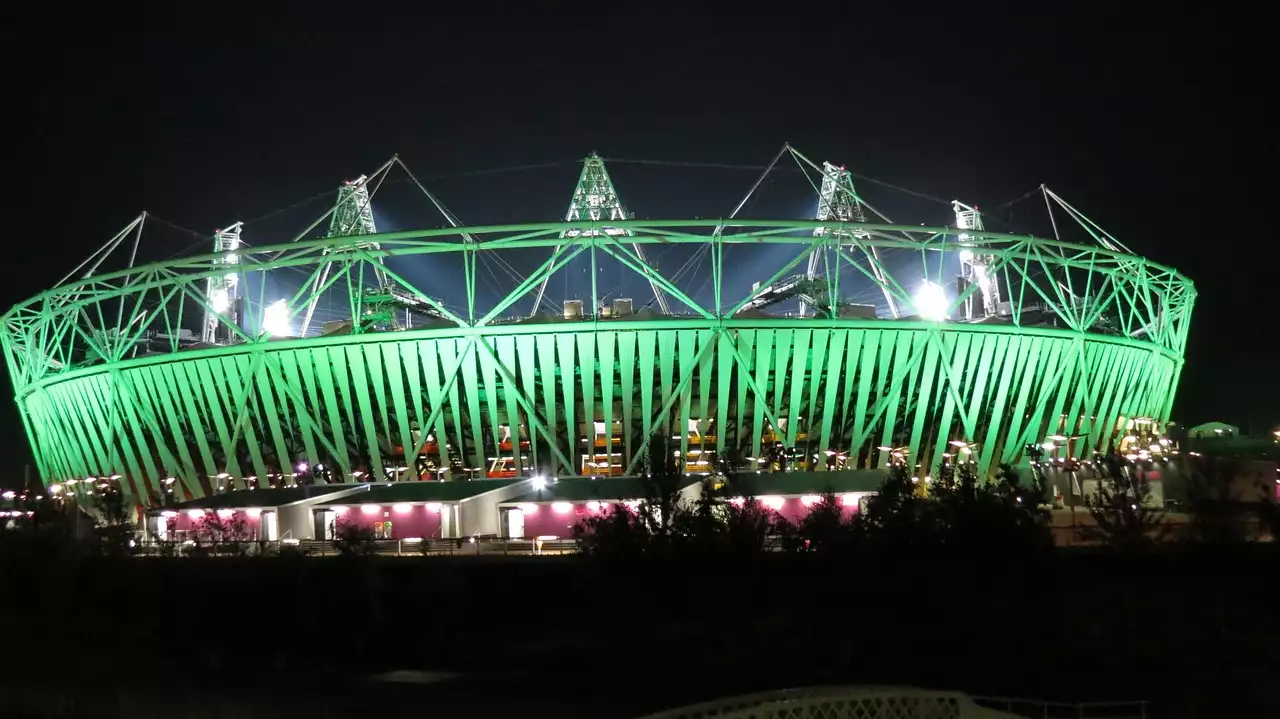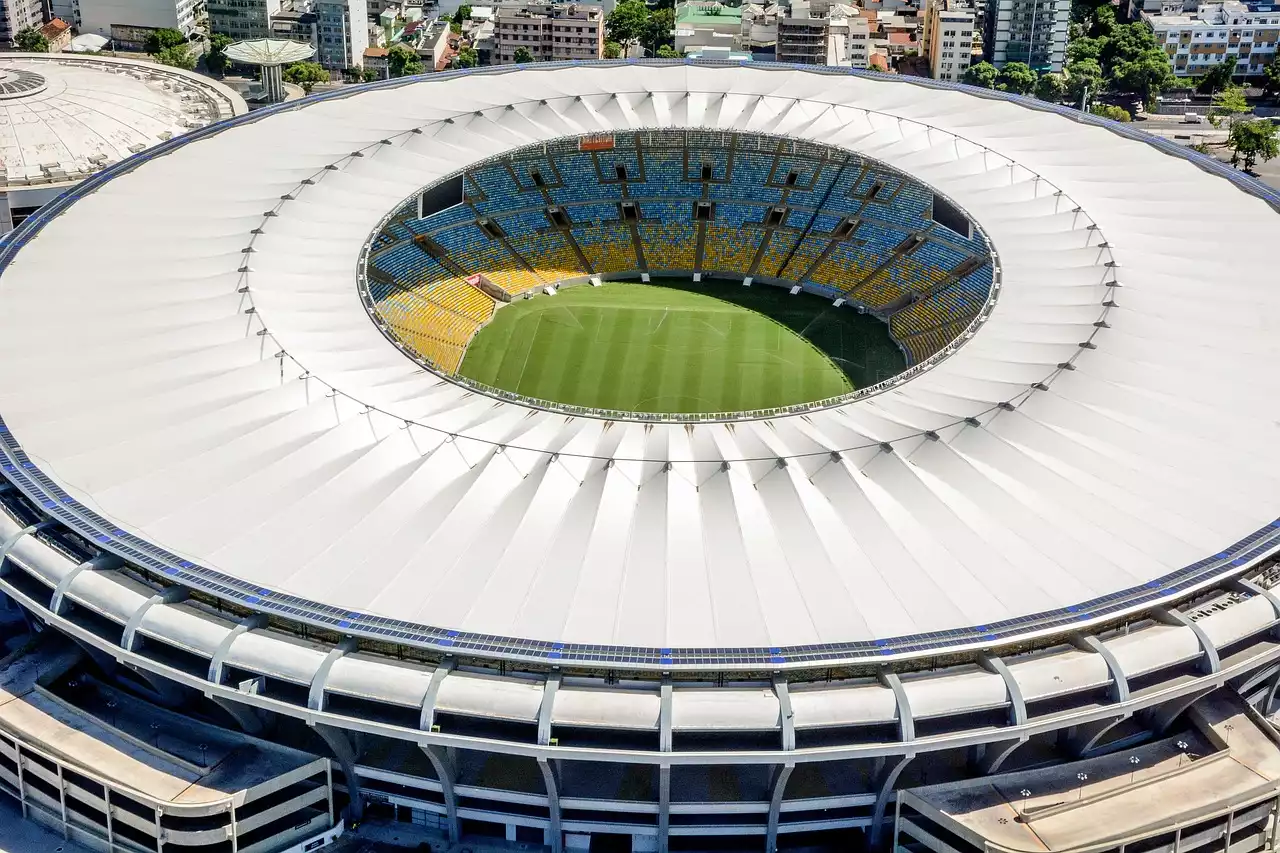Historical significance of Olympic football stadiums
Olympic football stadiums hold a significant place in sporting history. Dating back to ancient Greece, where the first Olympic Games were held, stadiums served as a gathering place for people to witness athletic feats and celebrate the spirit of competition. The Panathenaic Stadium in Athens, built in the 4th century BC, is one such example. Its iconic horseshoe-shaped design and use of marble showcased the grandeur of ancient Greek architecture.
The tradition of hosting football events in grand stadiums continued through the years, with notable Olympic football stadiums like the Maracanã Stadium in Rio de Janeiro, Brazil, and the Bird's Nest Stadium in Beijing, China. These stadiums not only hosted thrilling matches but also left a lasting legacy in the host cities, becoming iconic landmarks that symbolize the spirit of the Olympic Games.
Architectural features and design elements of Olympic football stadiums
The architectural features and design elements of Olympic football stadiums are a testament to the creativity and vision of the architects behind them. These stadiums are designed to create an immersive experience for both athletes and spectators, with considerations given to factors such as acoustics, sightlines, and crowd flow.
One of the key design elements of Olympic football stadiums is their ability to accommodate a large number of spectators while maintaining an intimate atmosphere. This is achieved through the use of tiered seating and strategically placed viewing angles. Additionally, the incorporation of open-air designs allows for natural ventilation and enhances the overall stadium experience.
Sustainable construction practices in Olympic football stadiums
In recent years, sustainability has become a key focus in the construction of Olympic football stadiums. With the aim of reducing the environmental impact, architects and engineers are employing innovative techniques and materials.
One such practice is the use of recycled materials in construction. From recycled steel beams to reclaimed wood, Olympic football stadiums are incorporating sustainable building materials to minimize waste and promote resource conservation. Additionally, the implementation of energy-efficient systems, such as solar panels and rainwater harvesting, further reduces the carbon footprint of these stadiums.
Technology and innovation in Olympic football stadiums
Technology plays a crucial role in enhancing the spectator experience and improving the overall functionality of Olympic football stadiums. From state-of-the-art video screens to advanced sound systems, these stadiums are equipped with the latest technological advancements to ensure an unforgettable experience for spectators.
Innovations such as retractable roofs and movable seating allow for greater flexibility in stadium usage, enabling the hosting of a variety of events beyond football matches. Furthermore, the integration of smart stadium technologies, such as mobile ticketing and cashless payment systems, enhances convenience and efficiency for both spectators and event organizers.
Iconic Olympic football stadiums around the world
From the iconic Maracanã Stadium in Rio de Janeiro to the futuristic Bird's Nest Stadium in Beijing, Olympic football stadiums have become synonymous with architectural marvels. Each stadium has its unique design and features that make it a symbol of its host city.
The Maracanã Stadium, for example, is known for its distinctive elliptical shape and iconic roof, resembling a crown. It has witnessed historic football moments and hosted numerous international events, including the FIFA World Cup and the Olympic Games.
The Bird's Nest Stadium, on the other hand, stands out for its intricate lattice-like structure, inspired by Chinese ceramics. Its design not only provides optimal viewing angles but also allows for natural ventilation, creating a comfortable environment for spectators.
Challenges faced in building Olympic football stadiums
The construction of Olympic football stadiums comes with its fair share of challenges. From tight schedules to budget constraints, architects and construction teams must overcome various obstacles to bring their visions to life.
One of the major challenges is striking a balance between aesthetics and functionality. Olympic football stadiums need to be visually striking while also meeting the strict requirements for hosting international sporting events. Additionally, the logistical challenges of transporting materials, coordinating multiple construction teams, and adhering to safety regulations can pose significant hurdles during the construction process.
Legacy of Olympic football stadiums post-event
Olympic football stadiums have a lasting legacy that extends beyond the duration of the games. These stadiums often become iconic landmarks and tourist attractions, drawing visitors from around the world. They serve as a reminder of the city's hosting of the Olympic Games and the spirit of unity and excellence associated with the event.
Post-event, Olympic football stadiums are repurposed for various purposes, such as hosting concerts, cultural events, and even serving as training grounds for future athletes. This ensures that the stadiums continue to contribute to the local community and maintain their relevance long after the games have ended.
Impact of Olympic football stadiums on local communities
The construction of Olympic football stadiums has a significant impact on the local communities. Not only do these stadiums create employment opportunities during the construction phase, but they also generate economic benefits long after the games are over.
The influx of tourists and increased visibility of the host city through international media coverage contribute to the growth of local businesses, hotels, and tourism industries. Additionally, the legacy of the stadiums as multi-purpose venues promotes community engagement and encourages participation in sports and recreational activities.
Olympic football stadiums are architectural marvels that embody the perfect blend of aesthetics and functionality. From their historical significance to their sustainable construction practices, these stadiums leave a lasting impact on both the sporting world and the local communities. As we continue to witness the evolution of sports architecture, these stadiums will continue to inspire and captivate audiences for generations to come.









